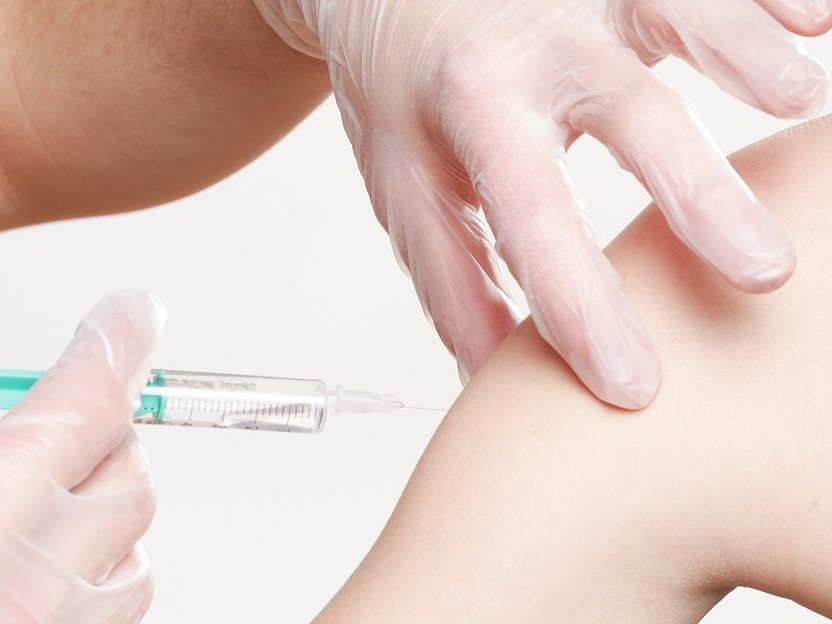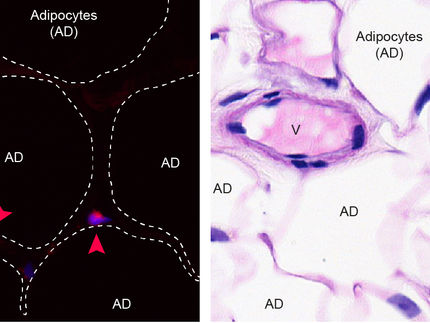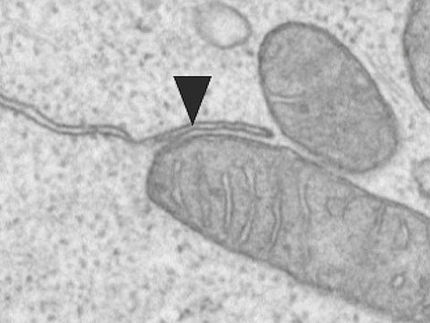Reminding people about vaccinations can increase rates of immunization
Rates of immunization against infectious diseases in children and adults are improving, but under-vaccination remains a problem that results in vaccine-preventable deaths and illnesses. In Europe, 11,316 cases of measles were reported during 2012, and an estimated four to 50 million symptomatic cases of flu occur each year.

whitesession; pixabay.com; CC0
Reminders can be sent to patients, parents or guardians, or whole populations when vaccines are due, either because of age or other risk factors. Recalls are sent when vaccines are overdue. Reminders and recalls can be sent by letter, postcard, telephone call, computerized telephone call, or text message. They work by addressing the common reasons that immunizations may be missed, such as forgetting or missing appointments, not knowing immunization schedules, and having concerns about vaccinations. For reminders to be successful, vaccination records and contact information need to be accurate and up-to-date, the reminders need to be readable, and vaccination services need to be accessible.
A team of Cochrane researchers have updated a systematic review which summarizes the results of 75 studies from 10 countries including 55 studies involving 138, 625 children, adolescents and adults. Some studies contributed to more than one comparison in the review because they delivered interventions to more than one population of interest. There were 29 studies of reminders for routine immunizations in infants and children such as MMR and polio, 24 studies of influenza vaccination in adults, 12 studies of adolescent immunizations, 8 studies of routine immunizations in adults such as tetanus or hepatitis B, and 5 studies of influenza vaccination in children. Fifty-eight studies were performed in the US, the remainder were conducted in Australasia, Europe and Africa.
The studies looked at reminders sent by letter, telephone call, computerized telephone call, text message, or a combination of all these formats, and compared these with no reminders, media-based activities aimed at promoting immunizations, or simple general-practice-based immunization awareness campaigns.
The Cochrane researchers found that reminder and recall systems increase the number of children and adults receiving any kind of immunization. Reminding people that they have an upcoming vaccination probably increases the number of who receive vaccinations. Based on the results from combining studies in adults and children, about 8% more people received a vaccination following a reminder compared with no reminder. Similar results were found in children and adults when they were analysed separately. The researchers noted variation in the results of the studies and the difference in the effect of reminders could vary when used in different settings.
There is high quality evidence that postcards, text messages and computerized telephone calls are all effective methods for delivering reminders.
Lead Cochrane author, Julie Jacobson Vann from The University of North Carolina at Chapel Hill School of Nursing commented: "The evidence shows that reminding people to have vaccinations increases the number of people who receive vaccinations. All types of patient reminder and recall are likely to be effective, and reminding people over the telephone was most effective. Even a small effect of patient reminders and recalls, when scaled to a whole population, could have a large beneficial effect on public health.
"We have the technology to incorporate patient reminders and recall into routine primary care. Reminder and recall systems need to be tailored to each health service setting to maximize their effectiveness, for example person-to-person telephone reminders are effective, but they may also be more costly than other methods."
"As technologies develop we need to consider how they can enhance reminder and recall interventions. For example, we need to learn more about the characteristics of the most effective centralized and text message interventions."





















































